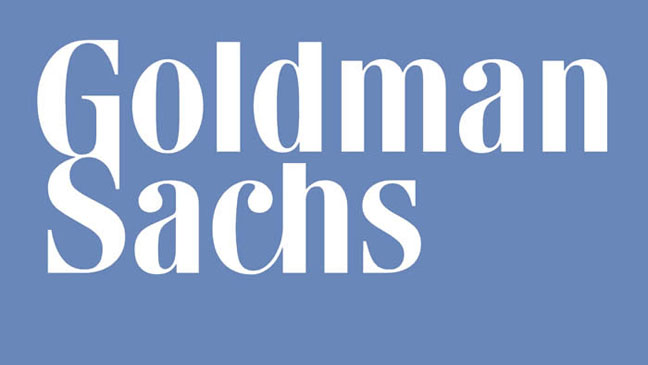 Why do most pundits continue to characterize the billions of dollars that the federal government has loaned to AIG over the past six months as “the AIG bailout?”
Why do most pundits continue to characterize the billions of dollars that the federal government has loaned to AIG over the past six months as “the AIG bailout?”
As this WSJ weekend article and this subsequent Bloomberg article note, the funds that the Fed and the Treasury have loaned to AIG really bailout out Goldman Sachs and a number of other prominent banks, including some of Europe’s largest.
Thus, shouldn’t we be calling this the “Goldman Sachs bailout?”
By now, we all know what happened. AIG sold credit default swaps that provided the buyer of the CDS with insurance against default on bonds and other credit instruments that the buyers held.
However, insurance is only as good as the financial capacity of the insurer to pay claims on that insurance.
So, when it became apparent last summer that AIG had seriously blown the assessment of its risk in issuing CDS, the level of the credit risk that AIG had insured was well beyond its ability to pay potential claims on the CDS.
That’s not good news for a trust-based business.
Consequently, when bond defaults started hemorrhaging through the mortgage markets, the buyers of AIG’s CDS — namely Goldman and the Euro banks — had a similar problem to AIG’s. They had failed to assess the risk of doing business with their insurer accurately and they were facing huge losses on their CDS claims.
Well, under normal circumstances, that shouldn’t have been any big deal to anyone other than parties involved. AIG would have been floundered into chapter 11.
Goldman and the other big creditors would have assessed whether it made sense to reorganize the company or simply liquidate its constituent parts. The creditors would have converted their debt to equity in a new AIG or taken a haircut on their claims in return for receiving a portion of AIG’s liquidation proceeds.
Everyone would have licked their wounds and the profitable parts of AIG’s business would have emerged from bankruptcy with new owners highly incentivized to generate value for their ownership interest.
That’s the way markets have sorted out such errors in judgment for generations.
However, as we all know, that’s not what has happened this time. Instead, after stirring up a climate of fear, the federal government — led by supposedly free-market oriented Republicans — paid Goldman and the Euro banks full price for the unsecured claims that they would otherwise be asserting against AIG in a chapter 11 case.
And the new Democratic administration doesn’t appear to have any better understanding of what to do now that it is clear that the prior Administration’s gambit has failed miserably.
It really is not rocket science. Larry Ribstein concurs.
The Financial Times’ William Buiter summarizes the lesson that we all should learn from this:
The logic of collective action teaches us that a small group of interested parties, each with much at stake, will run rings around large numbers of interested parties each one of which has much less at stake individually, even though their aggregate stake may well be larger.
The organized lobbying bulldozer of Wall Street sweeps the floor with the US tax payer anytime.The modalities of the bailout by the Fed of the AIG counterparties is a textbook example of the logic of collective action at work.
It is scandalous: unfair, inefficient, expensive and unnecessary.

“Thus, shouldn’t we be calling this the “Goldman Sachs bailout?”
Oh my goodness, have we already forgotten that Goldman Sachs is virtually owned and operated by the Democratic Party? Robert Rubin and his buddies are global warming fanatics and rarely, if ever, deviate from the wishes of the left-wing of the Democratic Party. There apparently is also a good argument to be made that Rubin is greatly responsible for the absurd Clinton administration’s decision to force lending institutions to provide mortgages to minorities possessing poor credit histories. That sure worked out well, didn’t it?
As I recall it was Treasury Secretary Paulsen, a Bush cabinet secretary, that devised and promoted the bailout. Hard to pin this one on the Dems. Seems more like the IB’s and banks overcame partisanship on this one and said to hell with the rest of the ship, these lifeboats are for us. Another example of the lack of enlightened leadership where the interests of the few predominate over the needs of the many. Any other business would have simply sustained the consequences of their error by restructuring in the bankruptcy process.
Yes, I don’t think that a small detail such as what party is controlling the White House or Congress makes much difference when wealthy forces exert political influence in favor of their parochial interests.
AIG may not be a going concern regardless of what the government does. If it cannot generat new business then the bail out will also go to fund future operating losses. After its politically connected trading partners are made whole will the government let AIG fail? If some inner city kids can figure it out I know adults can. To learn more go to http://www.newyorkshockexchange.com/content/view/79/37/